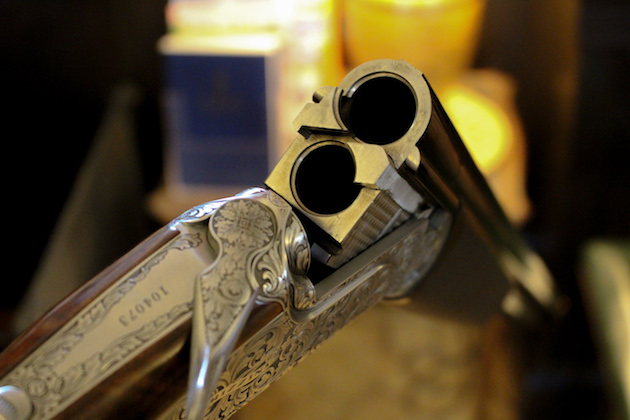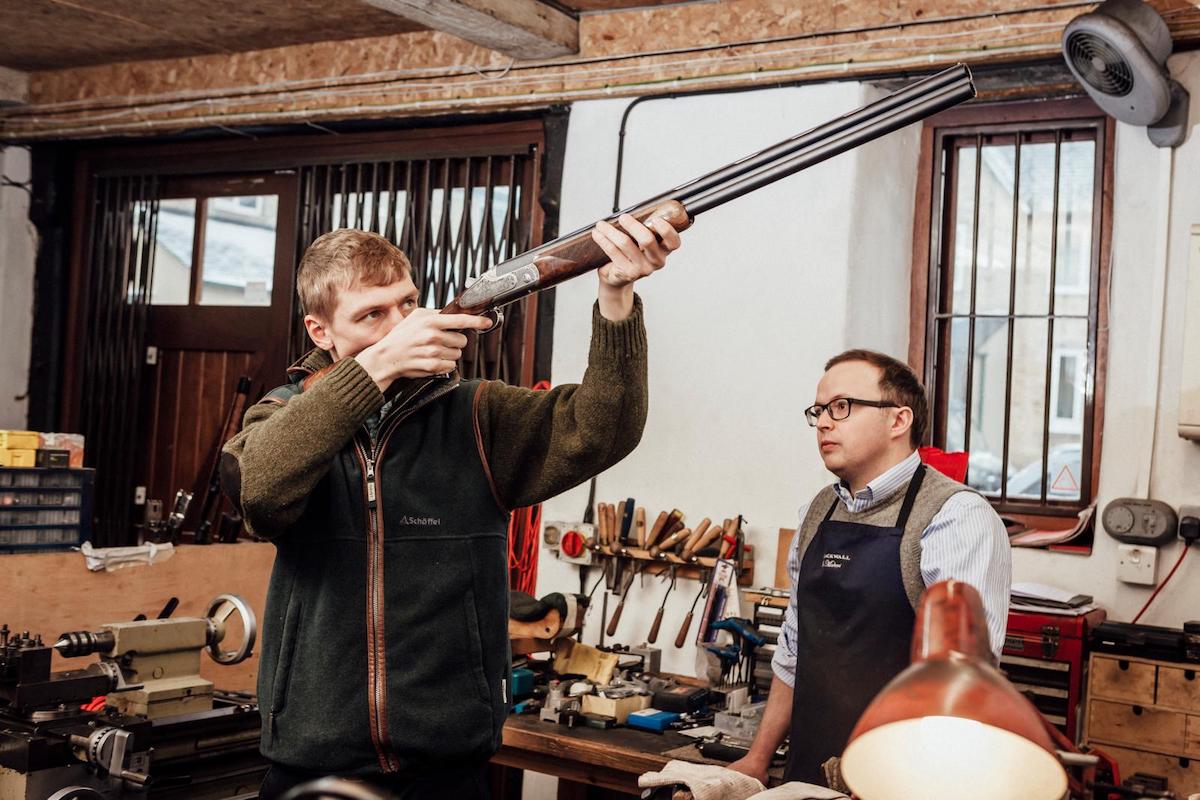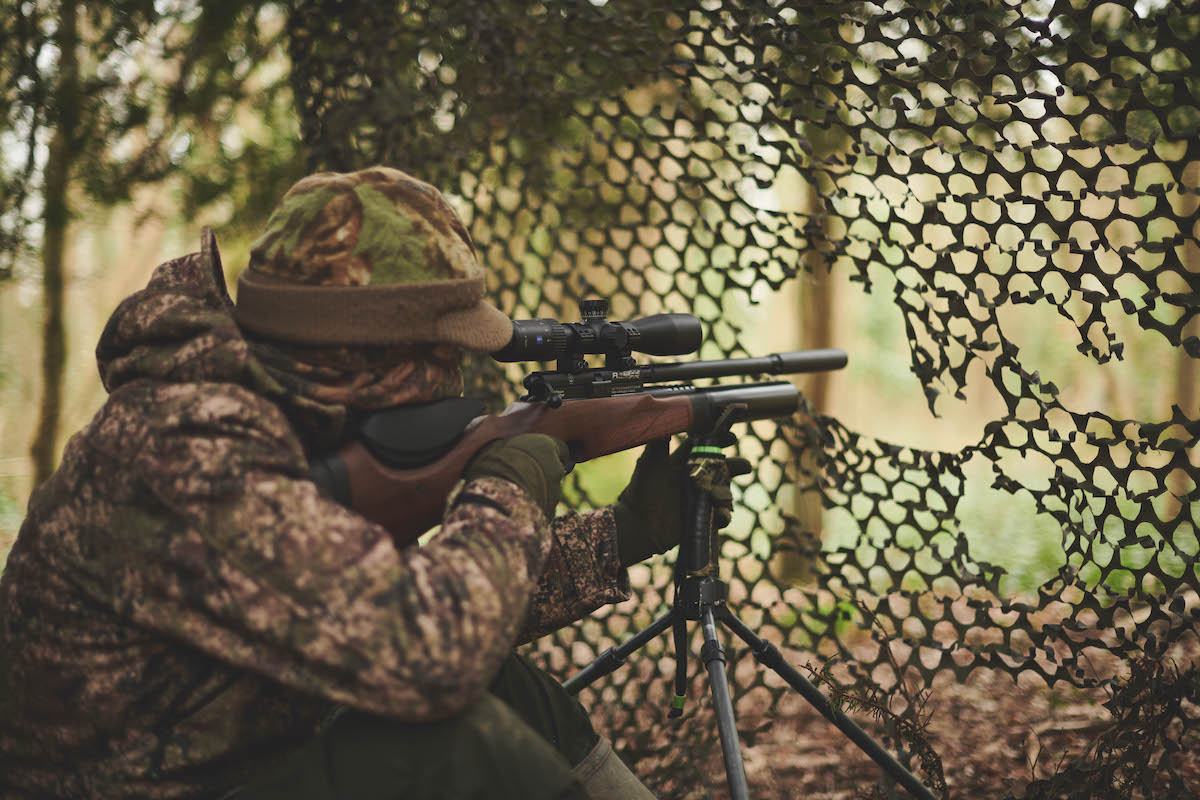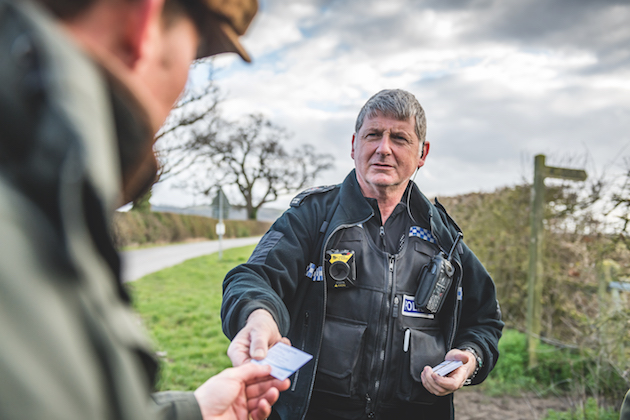A tour around my gun cabinet
Giles Catchpole gives a peek at the guns that sparked a passion

So I did some more saving up and ordered a new Rizzini
I thought we might take a bit of a tour around my gun cabinet. Not perhaps the full firearms enquiry procedural, but a look at the front row, if you like.
The first gun I possessed — rather than owned — was a double-barrelled hammer underlever .410 by Alexander Henry, lent to me by a local farmer to pester his rabbits with. Actually, it wasn’t a .410 but a .450/.400 big game rifle, as I discovered when I snapped a brand new .410 cleaning rod half way down its rifled damascus tube the first time I set about cleaning it. I don’t suppose any .410 shot ever made it to the muzzles given all those twists, but that probably made it a safer proposition for a boy scarcely in his teens. I wish I still had it now, though. (Read more on the .410 calibre here.)
So I saved up and bought an AYA No 4 in 20-bore, and with that I did actually begin to make occasional bags. I sold rabbits and pigeons to the butcher for 6d each. That covered ammunition costs, but I still had to save diligently for a ‘proper’ gun.
It was after my O levels that I traded in the AYA for a Laurona 12-bore sidelock. It had 26in barrels, which were all the rage then, and cost me £225 — probably what it’s worth today. I should have gone for the AYA No 2, of course, which cost about the same then but would have doubled by now. We live and learn. The Laurona is choked ¼ and ¾ and still comes out from time to time when I feel the need for a bigger gun.
I promised myself an English sidelock when I started in the world of wage and that took the form of a William Powell 12-bore. Made in 1863, it has exquisite damascus barrels and a stock to match. I did a lot of quite serious shooting with it over the following few years and we have accumulated many memories together.
I liked the Powell so much that I developed a dream of owning a suite of them, preferably in pairs. So when I came across another brown-barrelled Powell in 16-bore, I just said, “Yes!” Research suggested that its sibling — number one of the pair — had, according to the original owner’s great-grandson, been “given to the gardener some time after World War I”, which meant finding it was unlikely. So when I came across another 16-bore, made a couple of years later but almost identical, I bought that and composed the pair. I have used them both as singles and together for almost all of my game shooting since, and they have kindled over that time an enduring passion for the 16-bore as my calibre of choice.
A tour around my gun cabinet
Sadly, the dream of a suite of William Powell pairs fell victim to the more pressing grown-up considerations of mortgages and suchlike. What really wrote it off, though, was the need to keep guns in a tin box. I can’t afford a gunroom with armoured glass cabinets, and what is the point of owning beautiful things if they are locked away?
I did add a Trulock & Harris 28-bore to the team though because I thought I could use it to teach the godchildren, and recently I bought a modern over-and-under.
However, I wrote some time ago that the Italian gunmakers are enjoying a golden era just now. They have the best of CAD, CNC, spark erosion and all the latest amazing engineering equipment, while still retaining artisanal experience and craftsmanship. Together, that means they are creating a remarkable generation of guns.
So I did some more saving up and ordered a new Rizzini in 16-bore with a single-selective trigger, multichokes and — why not? — browned barrels. It is probably unique, which I really like.








